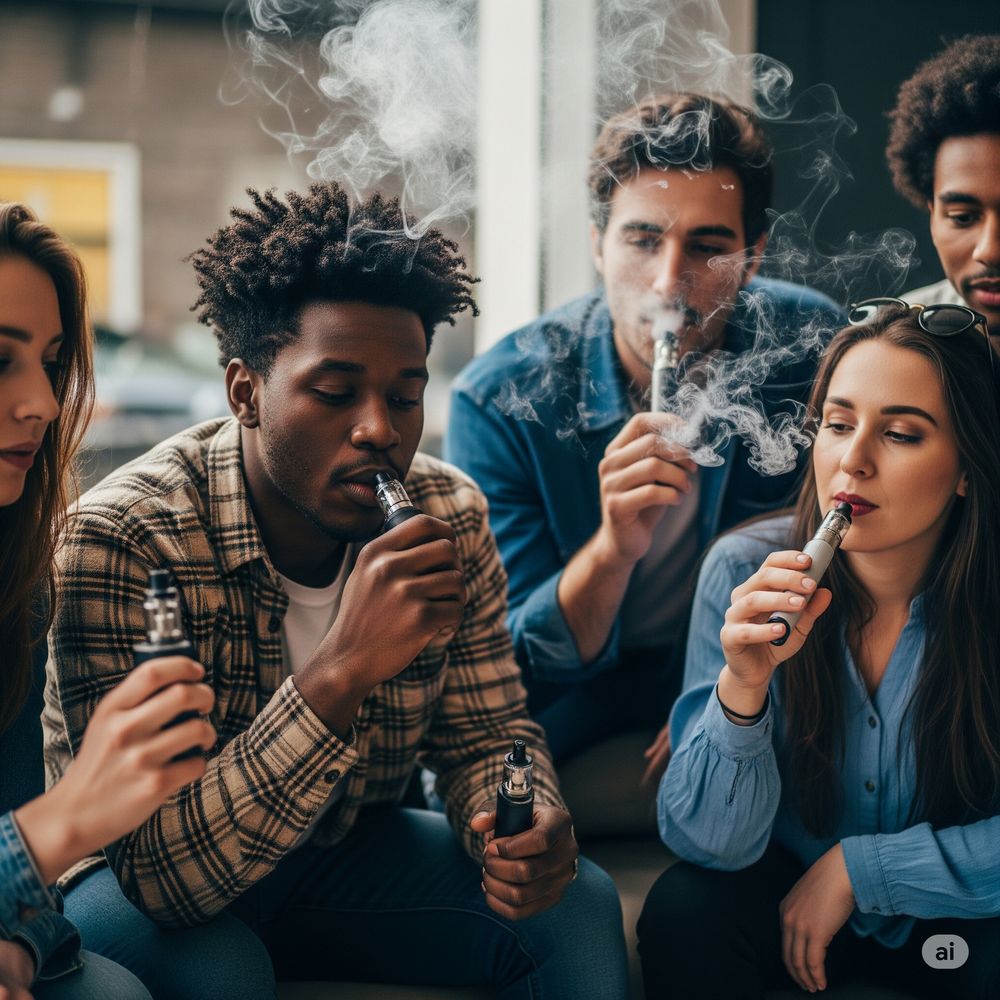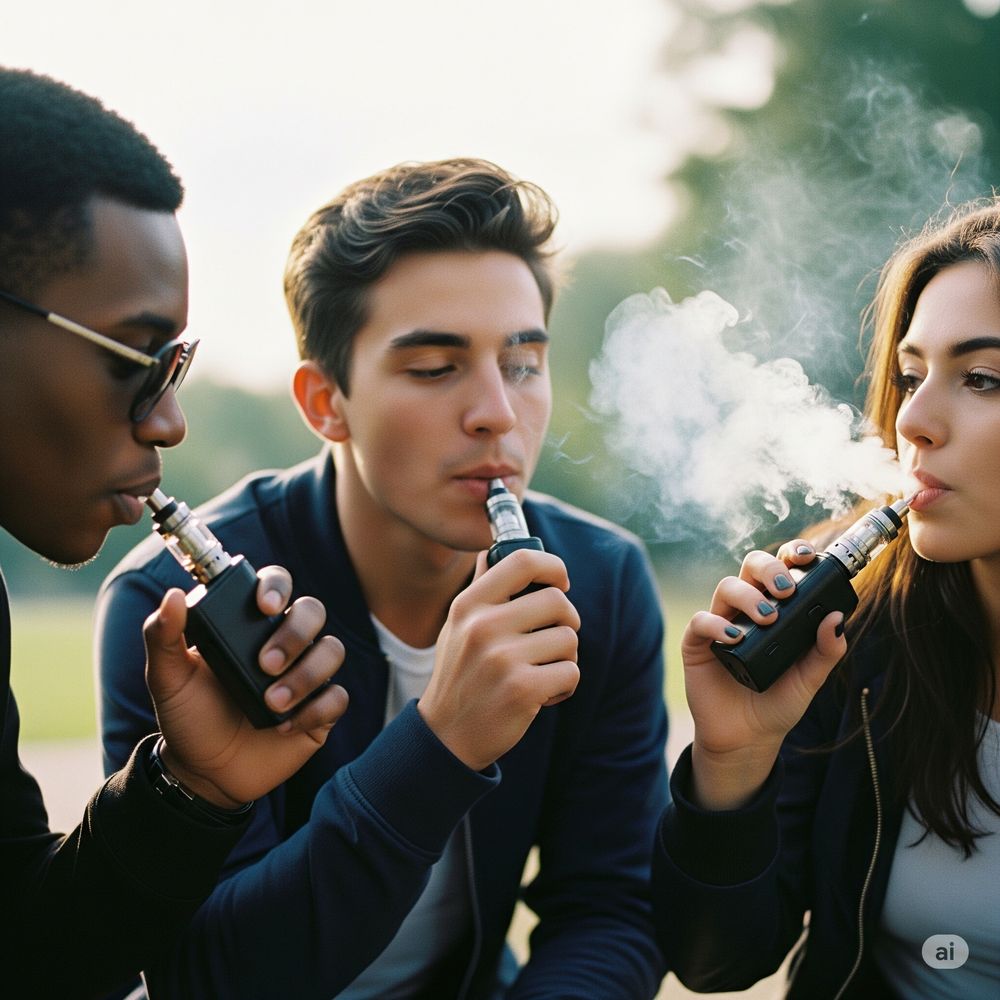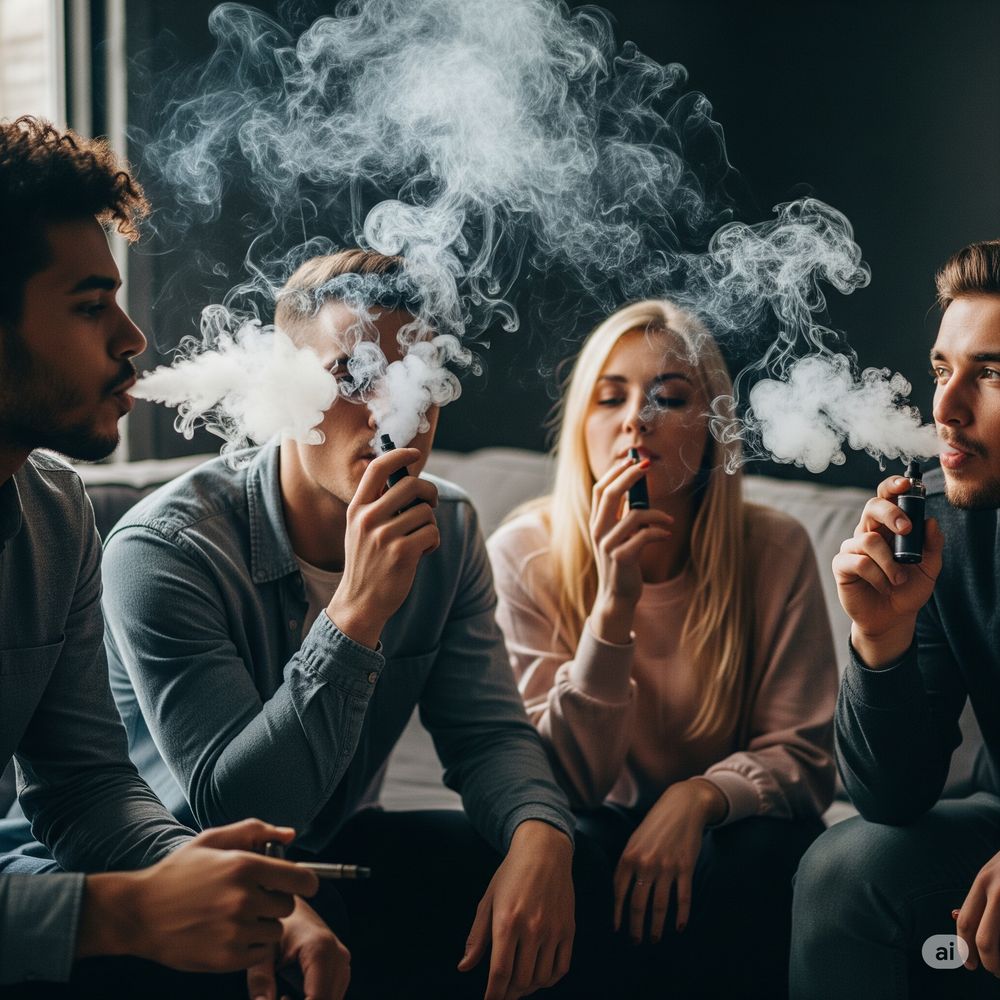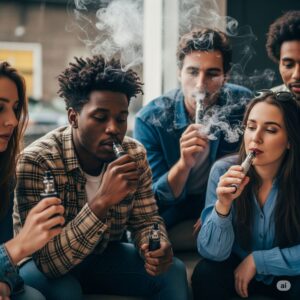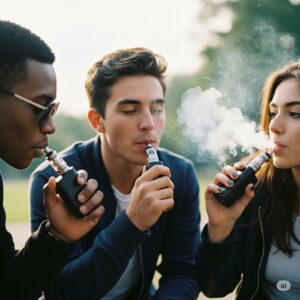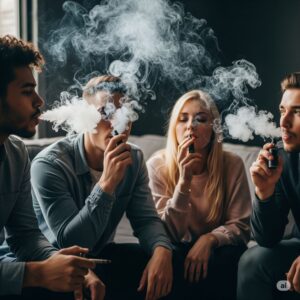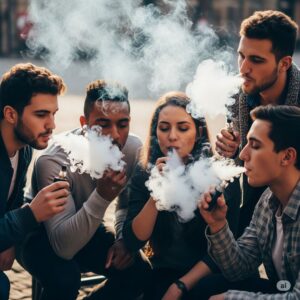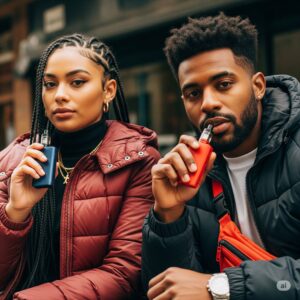Morning Vape Rituals of Gen Z Users
Morning rituals have evolved into personalized experiences for many Gen Z users, especially those integrating vape into their routines. For some, these early habits reflect more than just preference—they become moments of pause, identity, and digital expression. Often combined with music, journaling, or even silent meditation, these rituals align with a desire for self-regulation and mindfulness. Gen Z tends to redefine conventional wellness by blending tech, taste, and routine. Although the motivations vary widely, the core remains rooted in a need for emotional regulation and belonging. Social feeds play a large role in shaping how these behaviors are viewed and shared, allowing rituals once seen as private to become part of online aesthetic and narrative-building.
Morning Rituals Becoming Expressions of Identity
In recent observations, morning vape practices are aligning with lifestyle signaling. The youth share snapshots of their daily start on platforms like TikTok and Instagram, influencing peers along the way. Because these visuals emphasize mood, lighting, and background, the moment transcends utility. It’s not just about consumption; it’s about the meaning behind it. What began as a private moment has become performative and communal. As a result, personal rituals are shared as cultural signifiers. It appears this trend is only growing, especially in urban centers where content creators thrive. Consequently, brand behavior is also shifting. Marketing now targets these moments rather than the products alone, allowing Gen Z to feel understood and reflected.
A Shift in Wellness and Self-Care Norms
Interestingly, this wave has triggered debate. Wellness used to center on yoga, nutrition, and fitness. Now, the interpretation stretches to include customized digital habits. According to cultural analysts, what matters is not the act itself, but the meaning attached. Even critics admit this version of mindfulness, while unconventional, promotes autonomy and routine. The accessibility of vape devices, paired with personalization and flavor choice, increases their role in youth rituals. Furthermore, the symbolic start of the day through a controlled action provides psychological reassurance. Many users report reduced anxiety when they begin with familiar steps. Though not universally embraced, this shift signals changing views on self-care and agency. Future studies may reveal more about its long-term social effects.
From Personal Habit to Social Narrative
What was once a solitary act now shapes collective youth identity. Beyond individual preference, morning vape behavior now functions as social content. Subcultures have emerged that link device aesthetics, color choices, and timing. Some even synchronize with music trends or seasonal themes. As digital spaces continue to evolve, so too will the forms of expression. Brands, platforms, and even health advocates are watching closely. Notably, creators now shape the language of ritual—not the companies. The morning scroll now includes not only fashion or food but also how peers start their days. This behavior, once dismissed, is now studied for its role in shaping digital culture and personal psychology.

